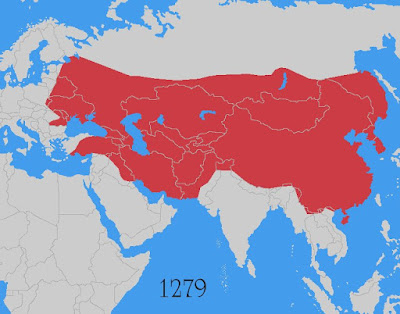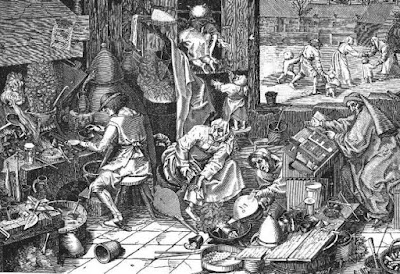From the Cow to the Vaccine

200,000 years ago, the Homo neanderthalensis , the Neanderthal, occupied the hostile and cold lands in Europe, seeking for food and easily dying, very frequently, because of traumas, as a result of falls, accidents, and skirmishes while hunting or walking through long inhospitable trails; other times, they died simply due to starvation. It was very weird that individuals passed the 50-year-old mark and, as a consequence, there's no evidence that they suffered from degenerative illnesses. In the Neolithic, things changed; around 8,000 b.C., the climate became more benign and the necessity to move from one place to another to survive was vanishing, so the Homo viator finally settled, starting an appearing process of the first civilizations, intrinsic to the domestication of the beasts and plants. Louis Pasteur in his Laboratory - 1885





